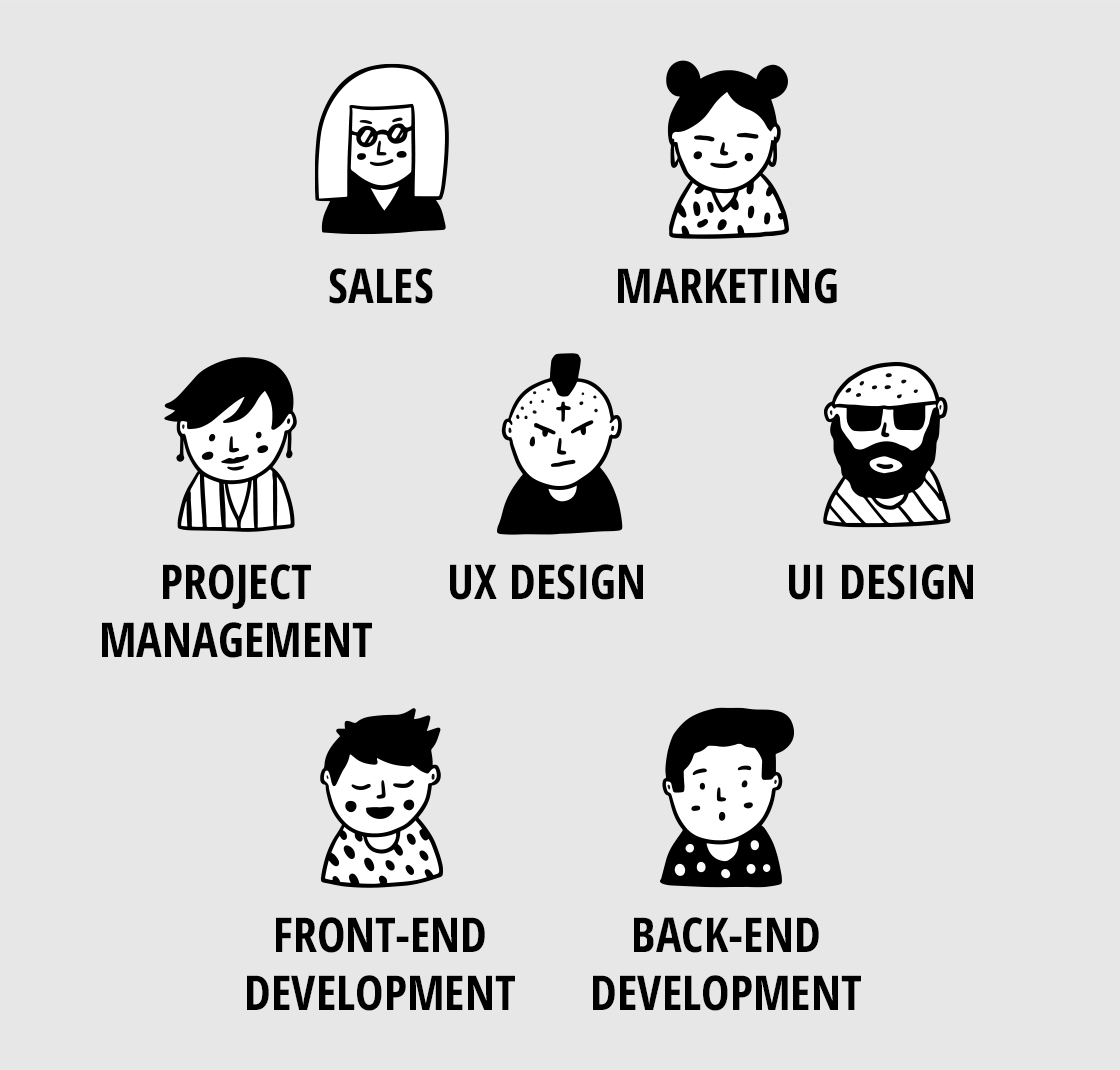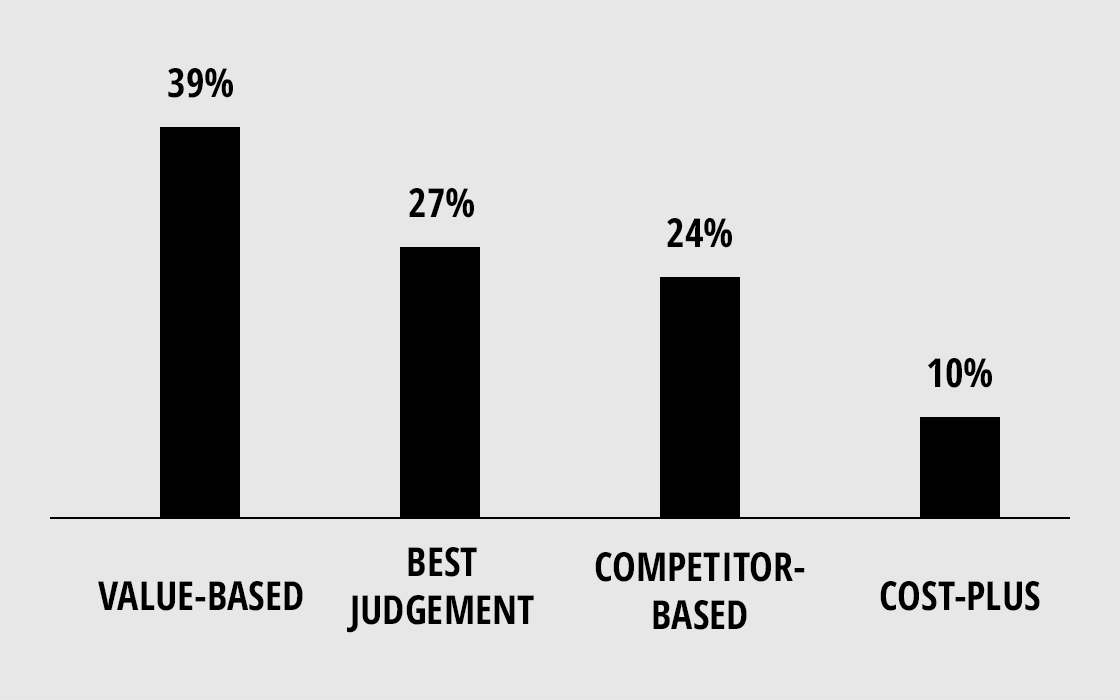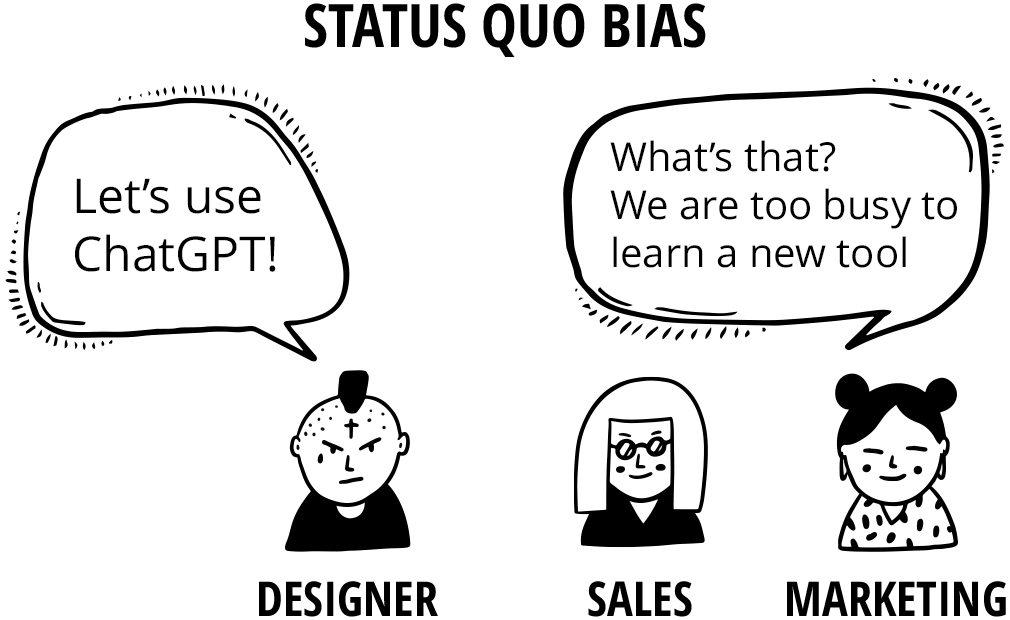In my professional role, I am often approached for insights on new business ideas. Frequently, these ideas start with an assumption that mobile apps or system development are essential, driven by a desire to enhance operational efficiency, convenience, or create new value through technology. While this technological focus is understandable, discussions about development timelines and processes often lead to abandoned ideas. This is usually because many non-tech individuals are unaware of the development costs, both in time and money, and ultimately decide it isn’t worth the investment. This mindset can hinder the creation of innovative businesses that deliver new value.
To bridge this gap for those unfamiliar with system or mobile app development, I aim to clarify some fundamental yet crucial aspects of developing technology-based products or services.
Understanding the Necessary Resources for Development
Although the cost of developing systems and mobile apps has decreased significantly due to various libraries and tools, the need for essential personnel remains. Technological advancements have indeed shortened development times, but the critical technical roles required to bring a product to life have not diminished.
If the budget and timeline permit, securing a dedicated individual for each role is ideal. However, it’s common for roles to be combined, such as sales and marketing, or UX and UI designers. Sometimes, the UI designer may also take on front-end development tasks. While a project manager might not always be part of the initial team, effective progress and task management are still crucial.
The team composition can vary greatly depending on the business owner’s background and the skills of the team members. From my extensive experience across numerous projects, I’ve found that at least three people are necessary to kick-start a project effectively.
By understanding these foundational elements, those new to system or mobile app development can better navigate the complexities and make informed decisions that foster innovation and new value creation.
Pricing and Revenue Strategies for Sustaining a SaaS Business
When pricing tech products, including SaaS solutions, there’s no one-size-fits-all standard. To avoid price wars, many competitors offer similar prices. Additionally, setting the price too high can deter users, so companies often adopt strategic pricing models that include a range of plans from free to enterprise versions.
A common benchmark for success in the SaaS model is having over 5,000 paying users. Let’s break down the potential revenue with this user base:
- Monthly Subscription Fee: 10 euros
- Number of Users: 5,000
Annual Revenue Calculation:
5,000 users x 10 euros/month x 12 months = 600,000 euros/year.
To maintain and grow this revenue, several key roles are indispensable:
- Sales
- Marketing
- UI Design
- Front-End Development
- Back-End Development
Estimating conservatively, these five roles are the minimum necessary to sustain the business. The actual number of people required for each role depends on factors such as the sales strategy and the need for user education. However, at least 3 to 4 people are likely needed to cover these roles effectively.
While having fewer people who can handle multiple roles might seem ideal, it’s often impractical. Such “superhuman” individuals are rare, and even if they exist, they are likely to become overburdened, leading to burnout. Therefore, it is more realistic and sustainable to have one person per role.
Balancing Team Size and Compensation
If maintaining the business requires 5 people, individual compensation will naturally be lower if more people are involved. From a business owner’s perspective, operating with a lean team maximizes individual compensation and overall efficiency. Thus, it’s preferable to have the fewest number of people necessary to perform essential functions effectively.
In conclusion, a strategic approach to pricing, combined with a well-balanced team, is crucial for sustaining and growing a SaaS business. By understanding and implementing these elements, businesses can enhance their operational efficiency and ensure long-term success.
Understanding SaaS Business Sales and Growth
In business, it’s often emphasized to develop products quickly and cost-effectively, aiming to recover development costs as soon as possible. However, this approach doesn’t align well with the SaaS (Software as a Service) model. SaaS businesses thrive on continuous growth and user engagement. The journey truly begins after the product launch, necessitating ongoing user feedback integration and consistent improvements to maintain user satisfaction.
Continuous development means ongoing resource allocation. Whether starting with a team of four or two, having skilled personnel capable of continuous product development is essential, whether in-house or outsourced. Efficient utilization of these resources is critical for the success of product development. A budget alone isn’t sufficient; strategic management of resources is key.
Developing a product is a team effort. No single person can handle all aspects of development. Understanding that the cost structure involves constant personnel costs is fundamental, which unlike retail, SaaS businesses don’t need to maintain physical inventory. However, they must maintain an “inventory” of skilled personnel to ensure ongoing development and improvements.
For those unfamiliar with system or mobile app development, development costs can seem daunting. This leads to a status quo bias where people prefer familiar, seemingly safer options. Overcoming this bias is crucial for making objective, strategic decisions.
Strategic Planning for New Tech-Based Ventures
When considering a new tech-based business, avoid diving into system or mobile app specifics initially. Instead, focus on the purpose and significance of the venture. Reflect on the following:
- Purpose and Mission: Why are you pursuing this business? What value does it bring?
- Resource Allocation: How much time and resources can your team reliably allocate?
If development complexities or high costs deter you, it may indicate that the venture isn’t essential. While unexpected costs can arise, prioritizing value over budget is critical. If the business has significant market potential, the team should work to overcome cost challenges and realize the vision.
Understanding these aspects is crucial for navigating the challenges of developing and growing a SaaS business. By focusing on continuous improvement, efficient resource management, and strategic planning, you can foster a successful and sustainable SaaS venture.
Get a Free UX Consultation!
No matter the scope of your project, it’s advisable to consult a UX design expert early in the process. While not every situation may require a UX designer—sometimes a UI designer or even your existing team resources can suffice— recognizing this early can save on unnecessary expenditures. Engaging the right expertise from the start ensures that your project is not only cost-effective but also aligned with the best practices in user experience design.
Free Download
At Genki Brothers, we have initiated the startup “Connect” with the aim of exploring the integration of UX/UI design within business contexts.
For those interested in creating innovative and unprecedented experiences in your business endeavors, we encourage you to read our book. Please complete the submission form provided below. Upon receipt of your email, an automatic reply containing the download link for the book will be sent to you.
With over 20 years of international experience in digital design, product development, and strategic business leadership, Yoshi's had the privilege to lead high-profile projects for global brands like Nike, Converse, and Airbnb, where I demonstrated exceptional proficiency in crafting compelling business pitch decks and translating complex technical concepts into user-friendly designs.
Other Open Sources























